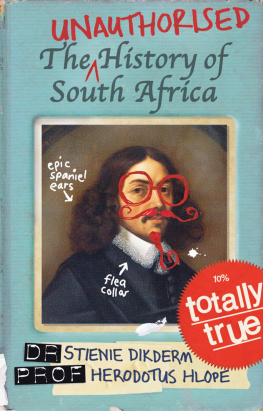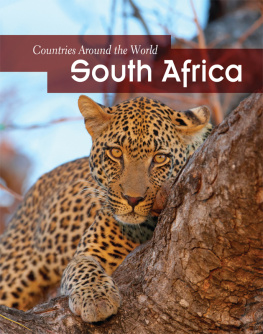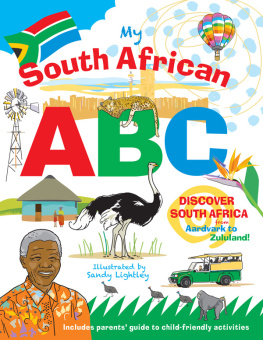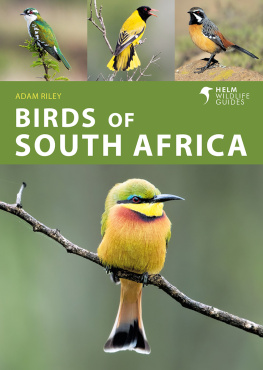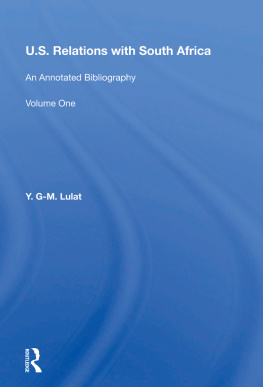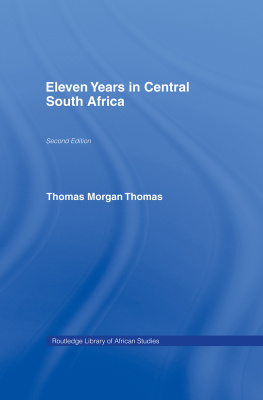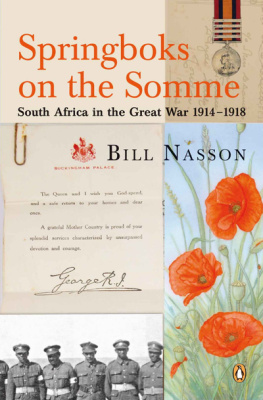First published 1877
This edition published 2004
by Routledge
2 Park Square, Milton Park, Abingdon, Oxon, OX14 4RN
Simultaneously published in the USA and Canada
by Routledge
52 Vanderbilt Avenue, New York, NY 10017
Routledge is an imprint of the Taylor & Francis Group, an informa business
Editorial material and selection 2004 David Knight
Typeset in Times by Keystroke, Jacaranda Lodge, Wolverhampton
All rights reserved. No part of this book may be reprinted or reproduced or utilised in any form or by any electronic, mechanical, or other means, now known or hereafter invented, including photocopying and recording, or in any information storage or retrieval system, without permission in writing from the publishers.
Notice:
Product or corporate names may be trademarks or registered trademarks, and are used only for identification and explanation without intent to infringe.
British Library Cataloguing in Publication Data
A catalogue record for this book is available from the British Library
Library of Congress Cataloging in Publication Data
A catalog record for this book has been requested
ISBN 13: 978-0-415-28931-3 (set)
ISBN 13: 978-0-415-32873-9 (hbk)
THOMAS BAINES
Thomas Baines was born in 1822 in Kings Lynn, Norfolk, where his father was a sea captain. Baines died of dysentery in Durban, South Africa, in 1875. This book, The Gold Regions of South-Eastern Africa, was thus a posthumous publication, containing a preface, a memoir and an obituary notice, which together provide a good account of his life. It also includes a wonderful set of advertisements aimed especially at would-be emigrants to South Africa the Boers trek to the Transvaal to escape British rule brought them into a country blessed (or cursed) with diamonds and gold.
A talented artist, Baines arrived in the Cape Colony in 1842, and eked out a living by drawing and painting. He accompanied expeditions, becoming a keen explorer and natural historian, with a serious interest in, and respect for, the native Africans he encountered. He had been to the front in the so called Kaffir Wars in 18468 and 1851, and got on well with the officers. When the Wars were over in 1854, he returned to England and was accepted on an Australian expedition, exploring the regions of the Gulf of Carpentaria. Returning to England, he received the Freedom of Kings Lynn as a highly distinguished citizen, and was later appointed to David Livingstones expedition to the Zambesi in 1858, under the auspices of the Royal Geographical Society. Unfortunately, he fell out with the Livingstone brothers, being accused of embezzling stores. He seems to have been treated most unfairly and harshly, but was thenceforward under a cloud. It is striking therefore to find (on p. 116) that he was later expecting to be asked to head an expedition looking for Livingstone, and to see a friendly letter between the men reproduced in the book. Like eminent scientists of the time, explorers were sometimes prima donnas, very liable to fall out especially in the difficult physical circumstances of their calling. Monumental rows were a feature of the Victorian world.
In the book, we find vivid accounts of travelling under the threats of tsetse fly and of fever (not yet connected with mosquitoes) on p. 89 we read, in the summer rains never camp in hollows or close by rivers, in nice little groves of palm or mimosa. Get up on bleak barren stony hillocks, where the water runs off, and the wind whistles freely round you. Baines was a careful observer of latitude and (where possible) longitude, using dead reckoning and a device attached to the cartwheels for measuring distances. The map that went with the book was a magnificent achievement. The map, as reproduced here in the book, was sold for the low price of 13/6 there were apparently 3,000 subscribers in South Africa. It was also sold separately, coloured at 10/-, mounted on cloth in a case at 15/-, and on a roller (presumably for classroom use) at 26/-.
The prime interest of readers was in the goldfields, and there is an interesting question and answer section in the book on pp. 88 to 100, ending entertainingly with advice to goldseekers, rather like Mr Punchs to those about to get married dont! Clearly, like matrimony, it was not something to be lightly embarked upon. On p. 59 we find recommendations for a portable laboratory as it was often called, a box of reagents and apparatus for testing minerals in the field (the Science Museum in London has such a chest, which belonged to Michael Faraday). We get a vivid picture of an incipient gold-rush, where experienced Australians had a distinct advantage, and also of difficult communications. The book therefore ends with detailed itineraries.
One of the British Librarys copies came from the War Office, intelligence branch. The book is an important document of both colonial history in general, and South African history and geography in particular. Baines himself emerges from it as an attractive man, unassuming, and as we read in the preface (p. 7), as an artist, a geographer and an explorer, poor Baines distinguished himself, not as the useless and wholesale destroyer of hosts of the larger game. The book deserves its place along with more famous classics of scientific exploration, from the years when Darkest Africa was being opened up.
We get an idea of the later developments, just on the eve of the Boer War, from a splendidly illustrated lecture by William Crookes, the chemist who later became President of the Royal Society, and who used Queen Victorias Diamond Jubilee in 1897 as a reason to talk about diamonds (


